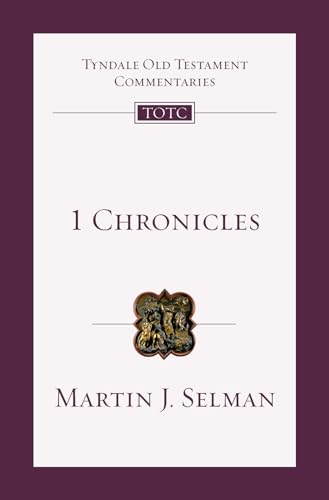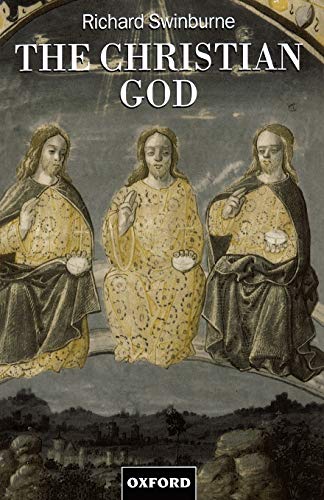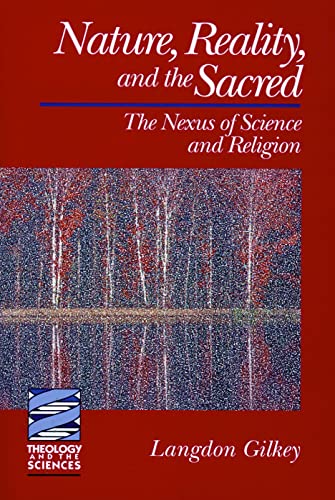1 Chronicles. 2 Chronicles (2 vols) (TOTC)
Written by Martin J. Selman Reviewed By Richard S. HessBecause the books of Chronicles are interpretations of texts already found in other parts of the Bible (principally Samuel and Kings), their study invites the commentator to consider how the biblical authors interpreted the Bible. Selman takes this as the aim of Chronicles, a book he finds written in the fourth century BC to interpret and apply the whole OT to the author’s contemporary situation. Israel was no longer independent but struggling to hold on to an identity in the ebb and flow of the greater powers that seemed to dictate the course of history. Following recent studies, Selman finds the concerns of the Chronicler in the Davidic monarchy and the temple. God’s bestowal of a covenant to David (1 Ch. 7) and his message to Solomon at the dedication of the temple (2 Ch. 17) become interpretive keys for understanding the theology. They are repeated and developed in key phrases found throughout the book.
It is in the area of the Chronicler’s theology that Selman makes his most important contribution. God’s promises form the basis for the covenant and its surety. Thus God’s election of David and of Israel is a permanent and unchangeable reality throughout all of history. David’s kingship and its continuation in his dynasty are confirmed in his son’s obedience of building the temple. This becomes a visible sign of God’s presence both as a means of atonement for David’s earlier sins and as a symbol that God will keep his promises. The importance of a united Israel and their role in government, the presence of God with his people and the Levites’ tasks of leading the people in worship are all important themes of the Chronicler. Although Selman does not see a messianic element in Chronicles, he does emphasize the future in that ‘God is still building his house and that he invites his people to go on participating in the task’ (p. 65).
Selman is aware of the variety of ways that the Chronicler makes use of biblical sources. He takes changes in wording and emphasis as theologically significant elaborations that are in agreement with the existing biblical texts of Samuel, Kings and other OT works. Therefore, the Chronicler did not disagree with the earlier history and theology, but sought to apply it to new circumstances by using new emphases.
Selman rushes through the genealogical material of the first nine chapters, perhaps following his own advice to begin reading the book with the tenth chapter and the demise of Saul. Although some apparent discrepancies between Chronicles and Kings, such as the sequence of the events surrounding David’s coronation and conquest of Jerusalem, do not receive much discussion, others do. For example, Selman defends the position of 1 Chronicles 14 with its account of David’s wars as a sequel to 1 Chronicles 13. It illustrates the divine blessing that Jerusalem and the ark now possessed for the first time. The Chronicler’s distinctive emphasis of the Davidic covenant (1 Ch. 17) is found in its focus (v. 14) upon the kingdom of God. The temple is a place of sacrifice and of prayer, as expressed in 2 Chronicles 7 where Selman details ‘the enormous and unexpected benefits God gives through prayer’ (p. 337). While Selman is not hesitant to admit when he sees no solution for a textual difficulty (e.g. p. 396), he does address difficult theological issues. Thus the divine despatch of an evil spirit to God’s prophets in 2 Chronicles 18:21 is understood as a measure-for-measure response to a trust in false spirits. Hezekiah’s decision to celebrate the Passover in the second month (2 Ch. 30:2) is a combination of (1) a provision for the unclean or those absent in the first month (following Nu. 9:9–13) and (2) the involvement of the laity in cultic decisions (p. 496). The theological value of Selman’s work, as well as its historical notes and practical application, well suit it for its intended audience of pastors, Bible teachers and serious Bible students.
Richard S. Hess
Denver Seminary, Denver







